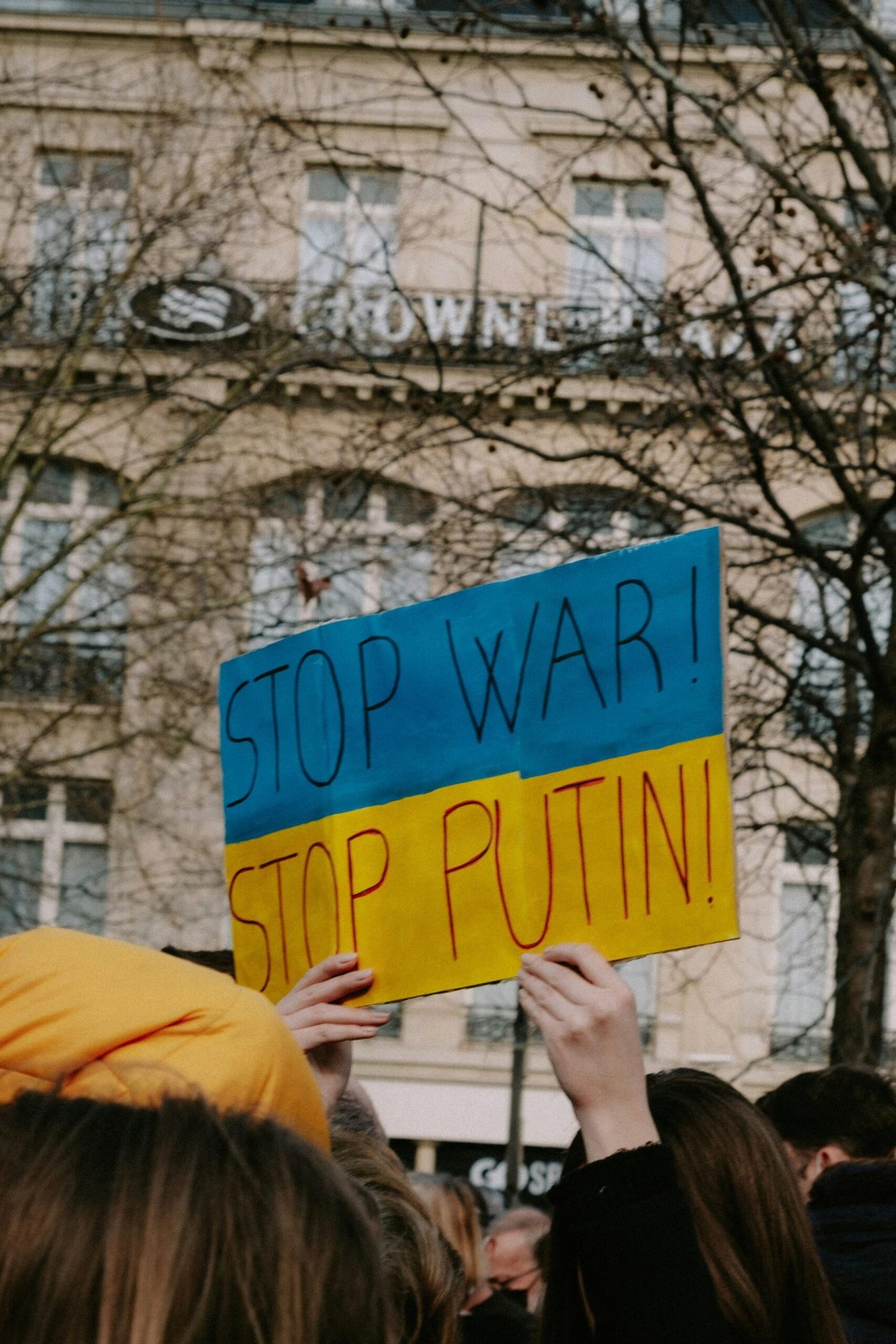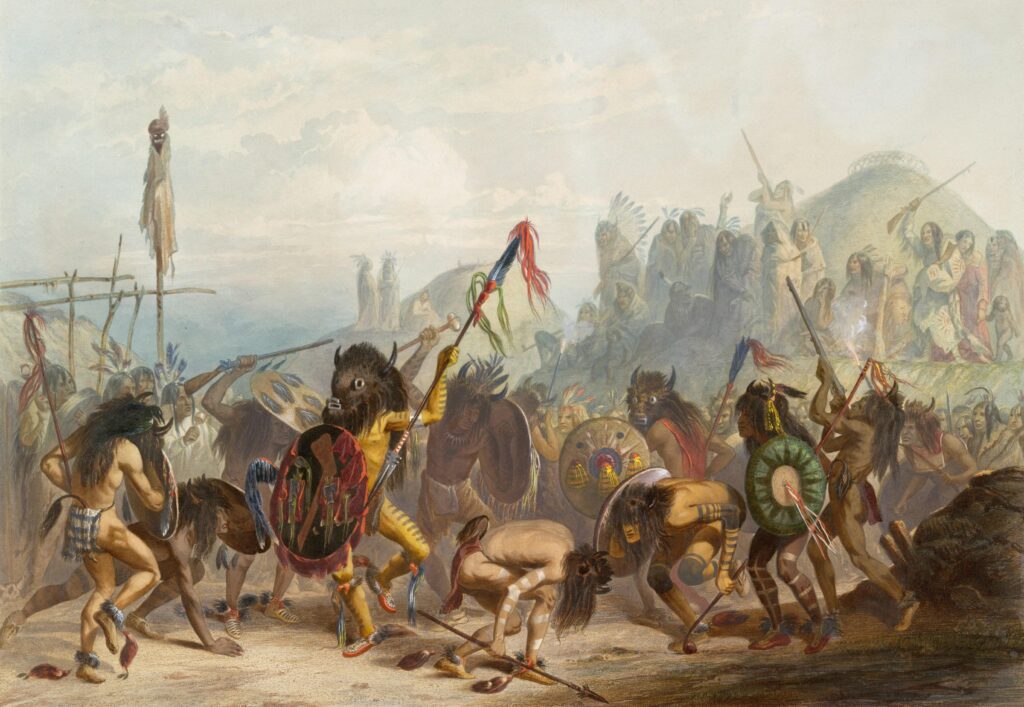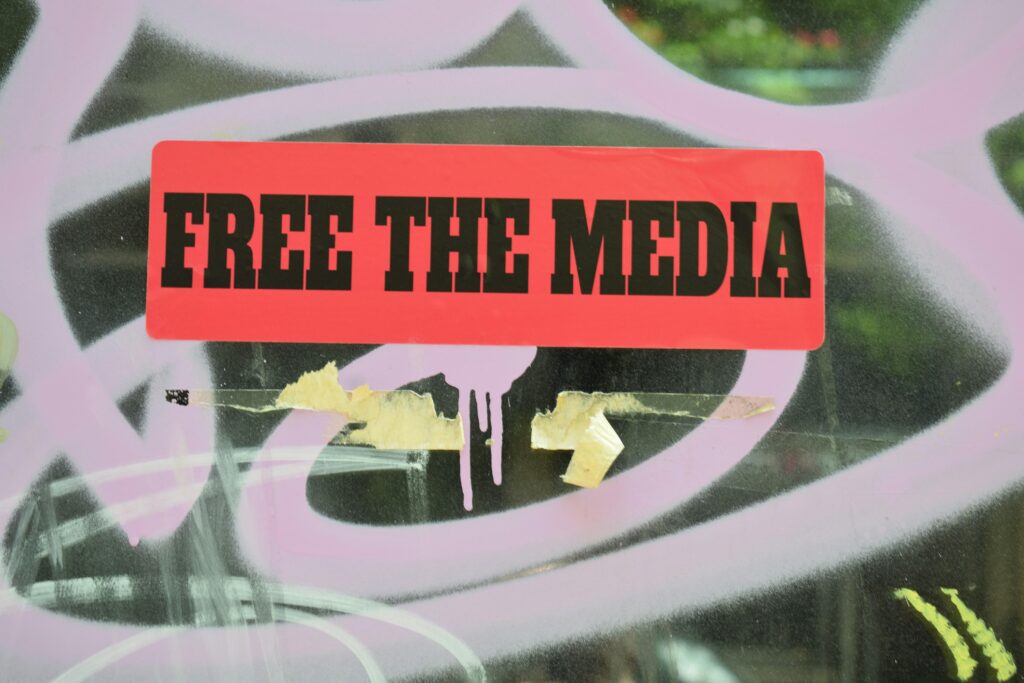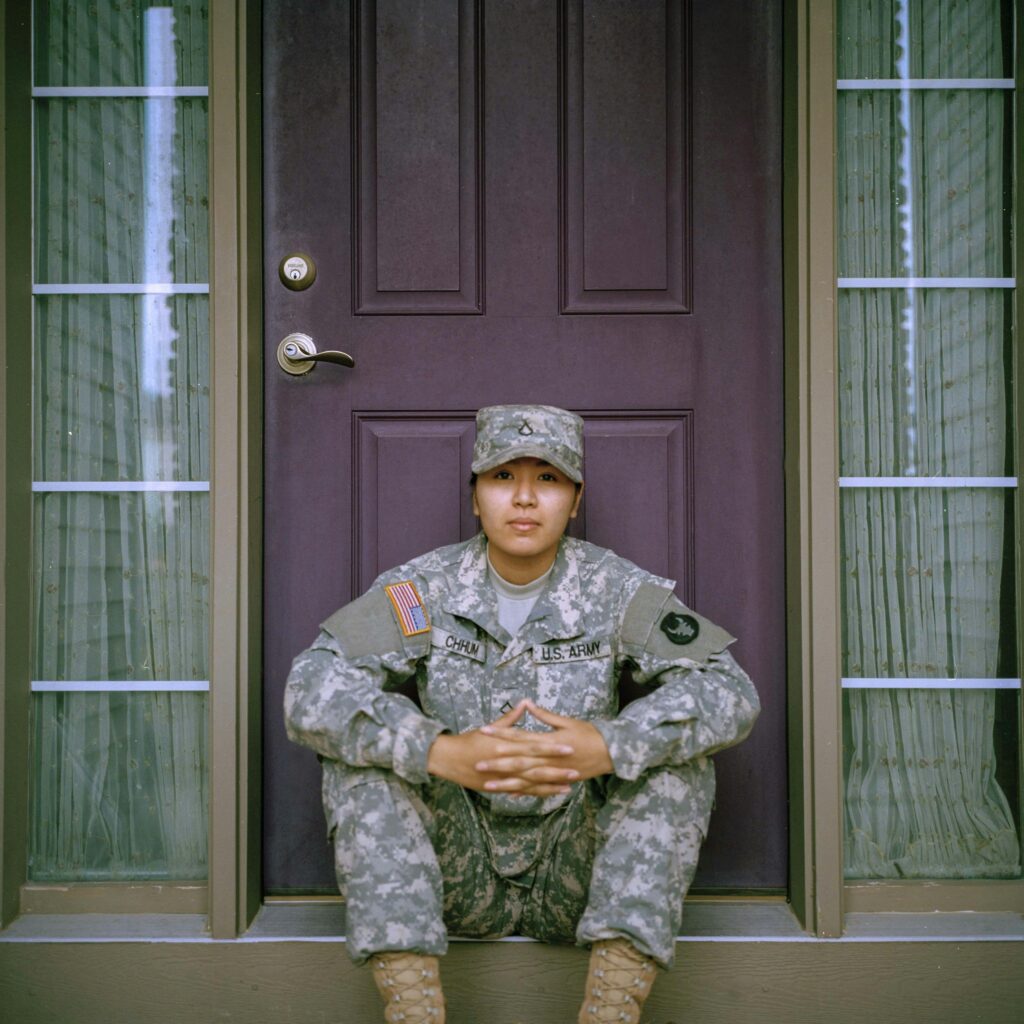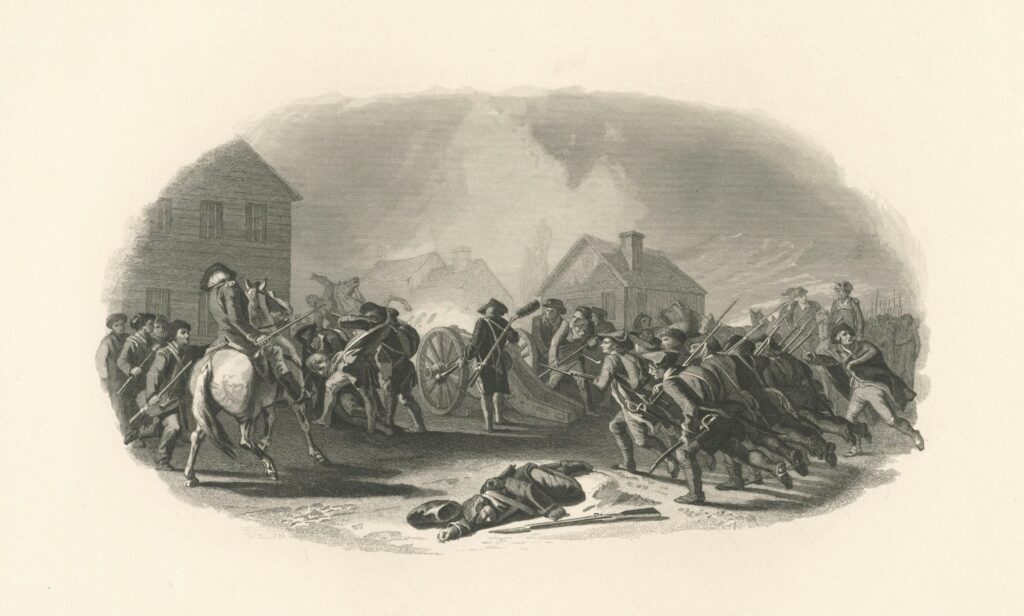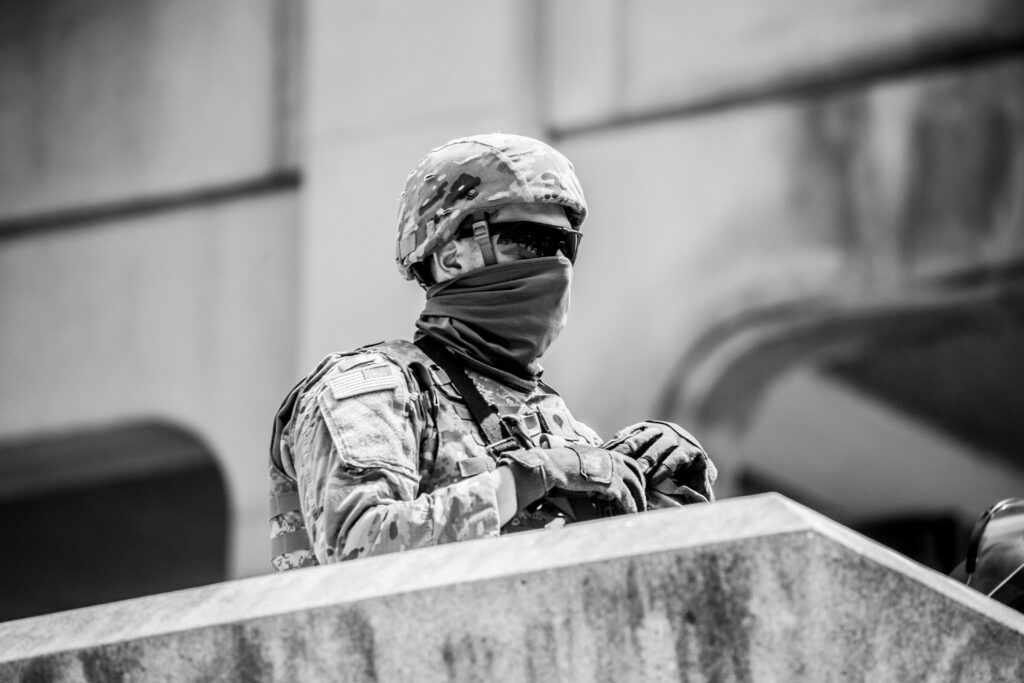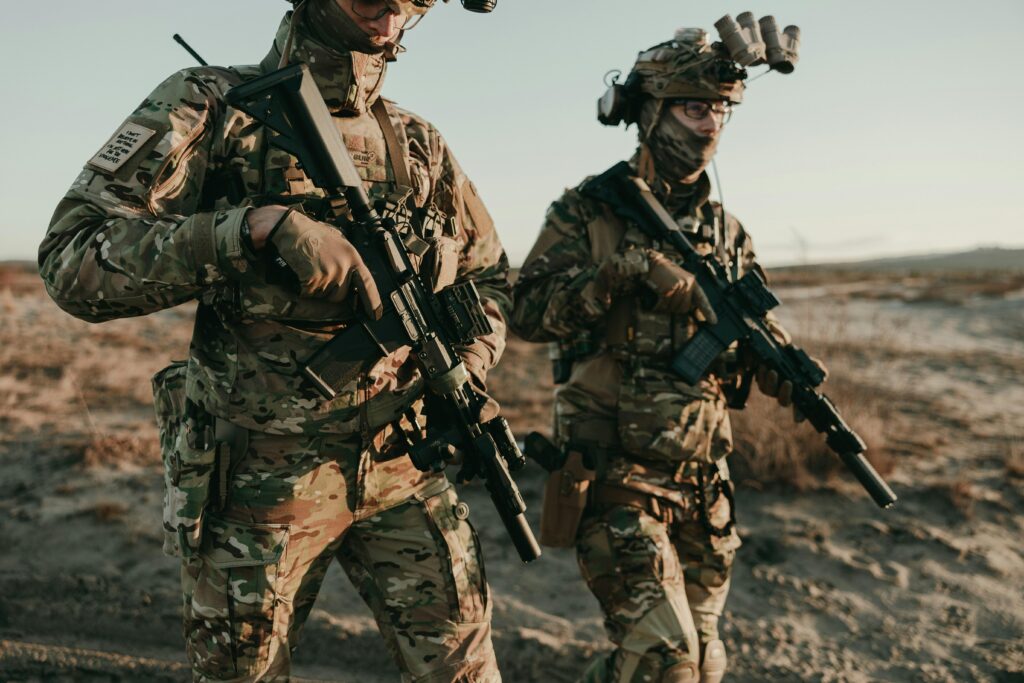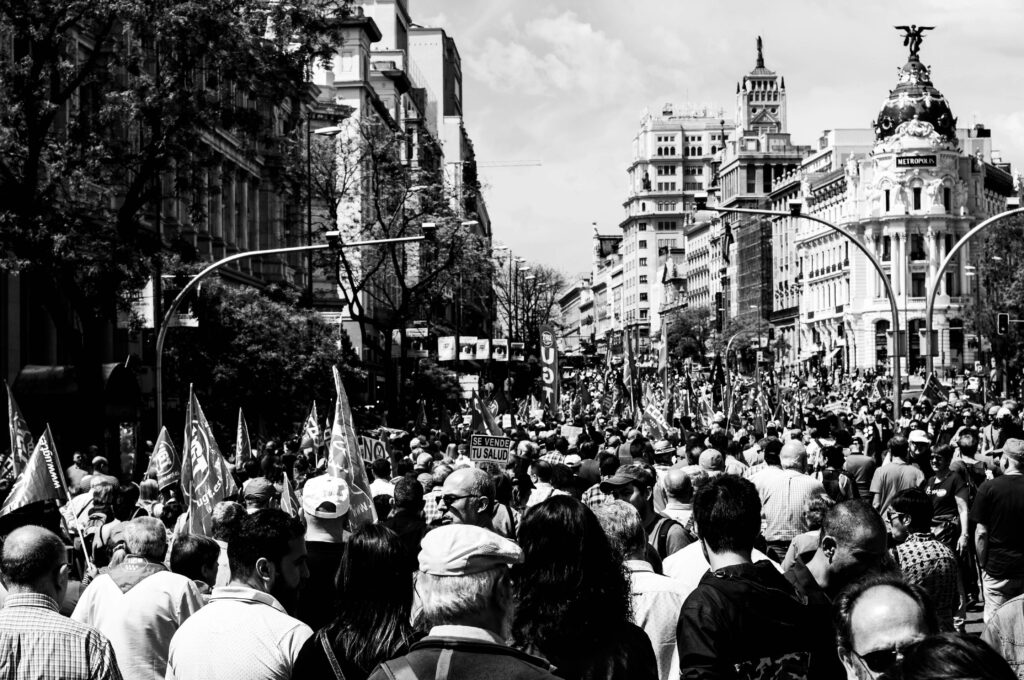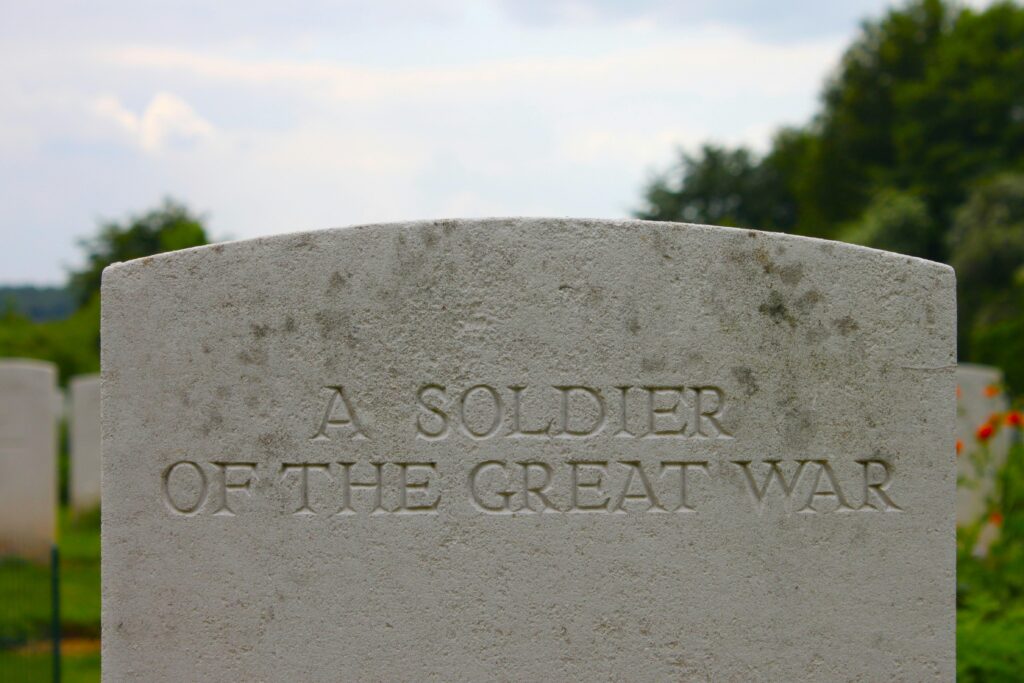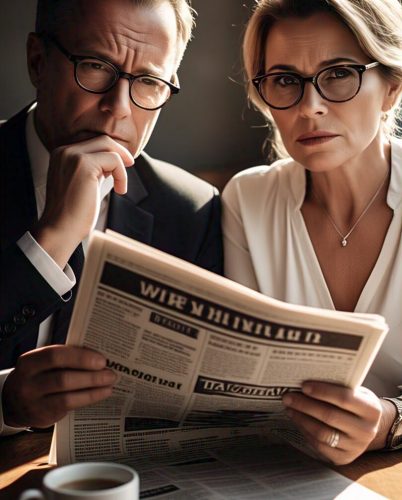War and storytelling have been intertwined for as long as humans have shared tales around the fire. From epic poems to blockbuster movies, the chaos, courage, and conflict of war provide a powerful backdrop that shapes some of the most compelling stories in pop culture. But why is war such a magnetic force in our narratives? In this blog post, we’re diving into how war influences the stories we tell, what it reveals about society, and why it continues to captivate audiences across generations. So, whether you’re a history buff, a movie lover, or just curious about storytelling, let’s explore the fascinating ways war leaves its mark on pop culture!
Table of Contents
- How War Inspires Complex Characters and Emotional Depth
- The Influence of Historical Conflicts on Modern Storytelling
- Balancing Realism and Entertainment in War-Themed Media
- Tips for Creators to Handle War Narratives with Sensitivity and Impact
- The Way Forward
How War Inspires Complex Characters and Emotional Depth
War creates a fertile ground for storytelling because it pushes characters to their limits, revealing hidden strengths and vulnerabilities. In the midst of chaos, individuals face moral dilemmas that challenge their beliefs and force them to evolve in unexpected ways. This emotional depth stems from the harsh realities of loss, survival, and sacrifice that war inevitably brings. Writers and filmmakers often use these intense experiences to craft multi-dimensional characters whose personal journeys resonate long after the battle is over.
Some ways war enriches characters include:
- Highlighting internal conflicts between duty and personal desires
- Exploring themes of trauma and recovery
- Showcasing camaraderie and the bonds forged in adversity
- Giving insight into the costs of heroism and leadership
Through these layers, war doesn’t just serve as a backdrop; it becomes a transformative force that shapes dynamic, memorable stories and invites viewers or readers to deeply connect with the human experience at its most raw and real.
The Influence of Historical Conflicts on Modern Storytelling
Historical conflicts have long served as fertile ground for storytellers, weaving tales that resonate deeply with audiences by touching on universal themes of courage, sacrifice, and the complexity of human nature. These narratives often go beyond the battlefield, exploring the aftermath of war and its ripple effects on societies and individuals. Through vivid character development and intricate plots, modern storytelling channels the emotional weight of past wars to craft compelling dramas, thrillers, and even fantastical worlds. The influence is evident not only in literature and film but also in video games and graphic novels, where creators harness the gravity of history to add layers of authenticity and intrigue.
Popular culture borrows rich motifs from historical conflicts, such as:
- Moral ambiguity: Stories no longer paint war in black and white but delve into ethical dilemmas faced by those involved.
- Heroism and tragedy: Characters emerge as complex heroes, flawed yet inspiring, reflecting real human experiences.
- Resilience and reconstruction: Narratives often focus on rebuilding and hope, illustrating the enduring human spirit amidst devastation.
By grounding fantastical or futuristic tales in the gritty realities of past conflicts, creators invite audiences to ponder the impact of war beyond dates and battles, making history accessible and emotionally engaging for modern generations.
Balancing Realism and Entertainment in War-Themed Media
Striking a balance between realism and entertainment in war-themed media is a delicate dance. Too much authenticity can sometimes overwhelm the audience, while excessive dramatization risks trivializing the gravity of conflict. Creators must thoughtfully decide which elements of war to highlight—whether it’s the strategic complexity, the emotional toll on soldiers and civilians, or the moral ambiguities that arise in combat. This thoughtful approach often leads to stories that resonate on a deeper level, inviting viewers or readers to reflect on the multifaceted nature of war beyond just explosions and heroism.
Successful war-themed narratives often incorporate three key elements to maintain this balance:
- Humanizing characters: Portraying brave, flawed, and relatable individuals rather than anonymous soldiers.
- Contextualizing conflict: Providing historical or cultural background to frame the stakes and motivations clearly.
- Pacing emotion and action: Mixing moments of intense battleground chaos with quieter, introspective scenes to build connection.
These strategies enable war stories to captivate audiences while honoring the complex realities behind the drama, making the experience immersive yet respectful.
Tips for Creators to Handle War Narratives with Sensitivity and Impact
Creating narratives around war requires a delicate balance between authenticity and empathy. As a creator, it’s essential to deeply research historical contexts and listen to the voices of those directly affected by conflicts. This sensitivity prevents oversimplification and stereotypes, ensuring that stories honor the complexity of human experiences rather than reduce them to mere background drama. Embrace diverse perspectives—whether through veterans, civilians, or marginalized groups—to weave a narrative that respects the multifaceted reality of war.
To craft stories that resonate with impact, consider the emotional truth behind the events rather than focusing solely on graphic detail. Highlight acts of resilience, hope, and humanity amid turmoil to provide audiences with a nuanced understanding. Here are a few practical tips to enhance your storytelling:
- Prioritize emotional depth over sensationalism to foster genuine connection.
- Use symbolism and metaphor to evoke complex feelings subtly.
- Avoid glorifying violence by acknowledging its consequences and toll on lives.
- Consult experts and communities to ensure respectful representation.
The Way Forward
Thanks for sticking with me through this deep dive into how war shapes the stories we love in pop culture. Whether it’s the gritty realities of battle or the heroic tales of courage and sacrifice, war continues to be a powerful backdrop that influences everything from movies and books to games and music. It challenges creators to explore complex themes and connect with audiences on a profound level. So next time you’re watching an epic war film or getting lost in a battlefield game, take a moment to appreciate the stories behind the stories — and how they reflect the human experience in all its intensity. Until next time, keep exploring, keep questioning, and keep enjoying the rich worlds pop culture has to offer!


